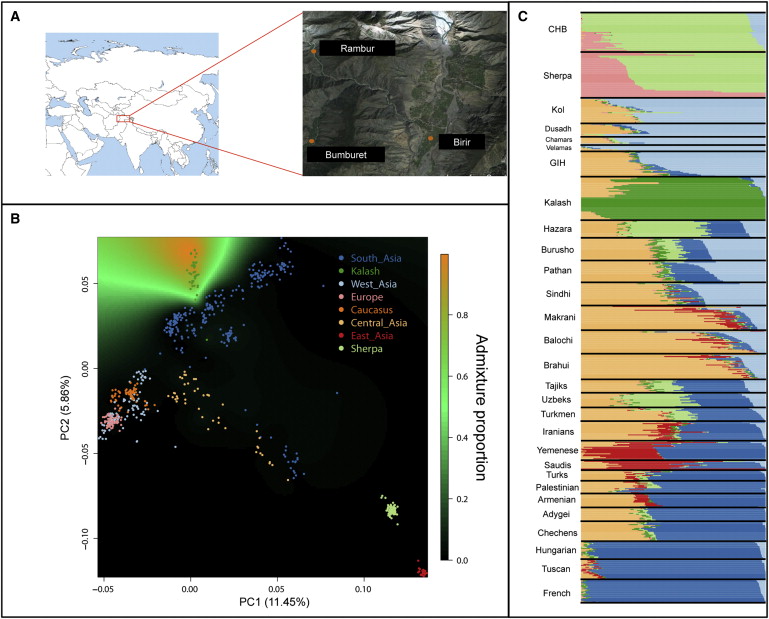Indus Pakistan
BANNED

- Joined
- May 7, 2012
- Messages
- 20,485
- Reaction score
- 182
- Country
- Location
Pakistani's: This guy Shan-e-ibrahim is Indian and please regard him as such/ignore/treat his comments accordingly.
@Porus Very well said. Look forward to more contribution from you.
@WAJsal As humans we are all connected. We all belong to the same species. Non of us in Pakistan are European. That does not make us Indian's either. Was there some genetic contribution by Greeks? Yes, there was. However 2,000 years later you can't call any single person 'European' in Pakistan. That is frankly ridicalous. If you went to Norway and married there after 2,000 years people would hardly call your decendancts 'Pakistani'. Whatever Pakistani contribution would exist would be so small like a drop of milk in Tarbela Lake. You know it is there but you can't very well call the water milk or hope to see any signs of milk.
However as a lay observation the fact is average mode of northern Pakistan population or Pashtun's for that matter is nearer to European populations then say Telagu, Tamil, Orrisan, Malayalm and all the other heroes from India. That is subjective obsevation. I have a family member in Greece and sometimes I go over to Greece for holiday.
There are Pashtun's, Hindkho speakers from Hazara, Azad Kashmiri and Punjabi from Jhelum, Sarai Alamgir area in large numbers. In the order I have shown here many are almost indistinguishable from many of the local Greeks.This does not make them Greek or European. Even some of those Bollywood actors would blend in Greece. Clearly they are more similar to the Greeks then heroes from Talagu. It is just plain common sense. Even Bollywood directors know this .....
And why oh why does everybody want make connections to land of Pakistan. Like @Pakistani Exile said we have Greeks, Macedonians, Indian heroes ( my term for non Punjabi Indian's ) Sri Lankans all wanting to take a bite on our land? Then even more absurdly some of these wannabe Indus people claim that we the Indus people came from Mars in 1947 thus wish us away.
And yes I expect Fijians, Micronesians and Pacific Samoans to land here soon and make tall claims of being 'scions of Indus'.
Should we Pakistani's be flattered by this or annoyed ?
Crazy ...
@Porus Very well said. Look forward to more contribution from you.
@WAJsal As humans we are all connected. We all belong to the same species. Non of us in Pakistan are European. That does not make us Indian's either. Was there some genetic contribution by Greeks? Yes, there was. However 2,000 years later you can't call any single person 'European' in Pakistan. That is frankly ridicalous. If you went to Norway and married there after 2,000 years people would hardly call your decendancts 'Pakistani'. Whatever Pakistani contribution would exist would be so small like a drop of milk in Tarbela Lake. You know it is there but you can't very well call the water milk or hope to see any signs of milk.
However as a lay observation the fact is average mode of northern Pakistan population or Pashtun's for that matter is nearer to European populations then say Telagu, Tamil, Orrisan, Malayalm and all the other heroes from India. That is subjective obsevation. I have a family member in Greece and sometimes I go over to Greece for holiday.
There are Pashtun's, Hindkho speakers from Hazara, Azad Kashmiri and Punjabi from Jhelum, Sarai Alamgir area in large numbers. In the order I have shown here many are almost indistinguishable from many of the local Greeks.This does not make them Greek or European. Even some of those Bollywood actors would blend in Greece. Clearly they are more similar to the Greeks then heroes from Talagu. It is just plain common sense. Even Bollywood directors know this .....
And why oh why does everybody want make connections to land of Pakistan. Like @Pakistani Exile said we have Greeks, Macedonians, Indian heroes ( my term for non Punjabi Indian's ) Sri Lankans all wanting to take a bite on our land? Then even more absurdly some of these wannabe Indus people claim that we the Indus people came from Mars in 1947 thus wish us away.
And yes I expect Fijians, Micronesians and Pacific Samoans to land here soon and make tall claims of being 'scions of Indus'.
Should we Pakistani's be flattered by this or annoyed ?
Crazy ...
Last edited:







